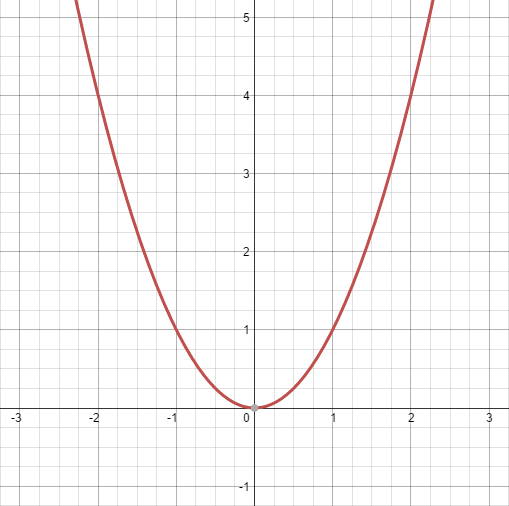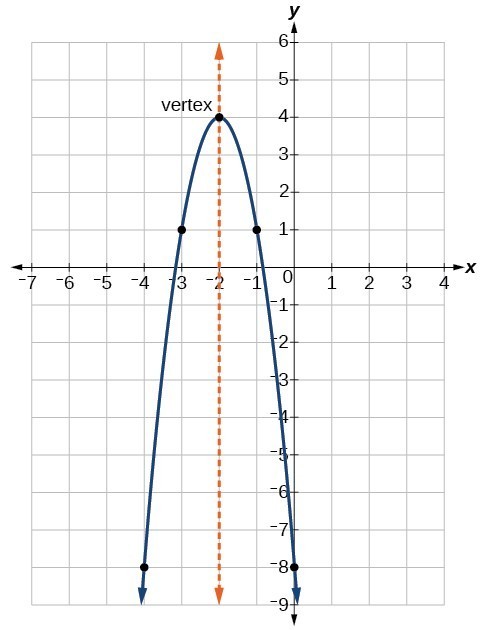

QUADRATIC GRAPH HOW TO
How to Do Graphing Quadratic Functions In Standard Form?įor graphing quadratic functions using the standard form of the function, we can either convert the general form to the vertex form and then plot the graph of the quadratic function, or determine the axis of symmetry and y-intercept of the graph and plot it. Then, substitute this value of x in the quadratic function f(x) = ax 2 + bx + c to determine the y-coordinate of the vertex. To determine the vertex of the parabola when graphing quadratic equations, we determine the x-coordinate of the vertex using the formula x = -b/2a. How to Find the Vertex when Graphing Quadratic Functions? The final vertex of the parabola will be at (-b/2a, -D/4a). The direction of the shift will be decided by the sign of D/4a. Step 3: a(x + b/2a) 2 to a(x + b/2a) 2 - D/4a: This transformation is a vertical shift of magnitude |D/4a| units.

The new vertex of the parabola will be at (-b/2a,0). The direction of the shift will be decided by the sign of b/2a.

Graphing Quadratic Functions in Standard Form The graph of quadratic functions can also be obtained using the graphing quadratic functions calculator. The following figure shows an example shift: The magnitude of the scaling depends upon the magnitude of a. If a is negative, the parabola will also flip its mouth from the positive to the negative side. Step 1: x 2 to ax 2: This will imply a vertical scaling of the original parabola.
QUADRATIC GRAPH SERIES
Now, to plot the graph of f(x), we start by taking the graph of x 2, and applying a series of transformations to it: Here, the vertex of the parabola is (h, k) = (-b/2a, -D/4a). The term D is the discriminant, given by D = b 2 - 4ac. First, we rearrange it (by the method of completion of squares) to the following form: f(x) = a(x + b/2a) 2 - D/4a. Consider the general quadratic function f(x) = ax 2 + bx + c. We will study a step-by-step procedure to plot the graph of any quadratic function. Graphing Quadratic Functions in Vertex Form


 0 kommentar(er)
0 kommentar(er)
